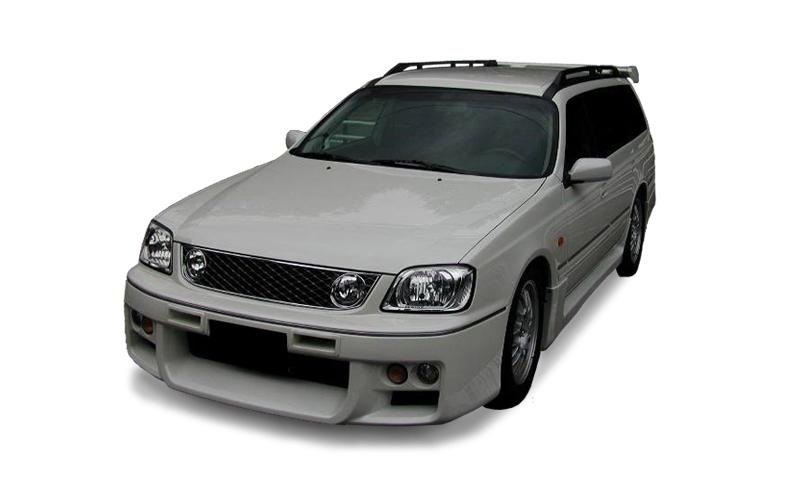INFO GUIDE: 1998 - 2001 Nissan Stagea WC34 260RS Autech (Series II)
Description
This identification / buyers guide has been developed for those interested in the Nissan Stagea 260RS Autech edition. This guide focuses on the Series 2 car, noting that only aesthetic changes differentiate it from the series 1. A guide for the Series 1 can be found by clicking here. The Stagea 260RS Autech, (otherwise known as the GTR wagon), is a special tuned version of the Nissan Stagea produced by Autech in Japan. These cars were essentially standard RS Four stageas sent from the Nissan factory to Autech, where they then underwent extensive modifications.
These cars demand a premium above standard Stageas, and are collectable due to their GTR roots packaged in a practical body. As with so many cars, there are plenty of imitations out there (particularly given the cars close links to the RS4 turbo), and it is important to understand what features are unique to the 260RS in order to make a sound purchasing decision, or to bring a car back to factory specifications. This guide intends to provide information on the 260RS including external and internal features, engine and chassis number details as well as the mechanical features unique to the car.
Period of manufacture:
Series 2 (1998 to 2001)
Number produced:
We have now confirmed through GTR-registry.com that 1,734 Stagea 260RSs were produced (including series 1 and 2). Previous estimates among enthusiasts had assumed roughly 2000 cars were produced.The breakdown between series 1 and 2 is:
- 986 (Series 1)
- 784 (Series 2)
A further breakdown of the numbers produced in each colour can be seen in the paint colour / codes section of this guide (section 5).
Please note that this has only been written as a broad guide based on a variety of online sources and enthusiast input, and should not be relied upon for a purchase decision. We recommend you seek professional advice if you are looking at purchasing a rare vehicle such as this. We encourage those familiar with these cars to comment or contact us with suggestions, corrections and further information, so we can keep this guide as accurate as possible.
